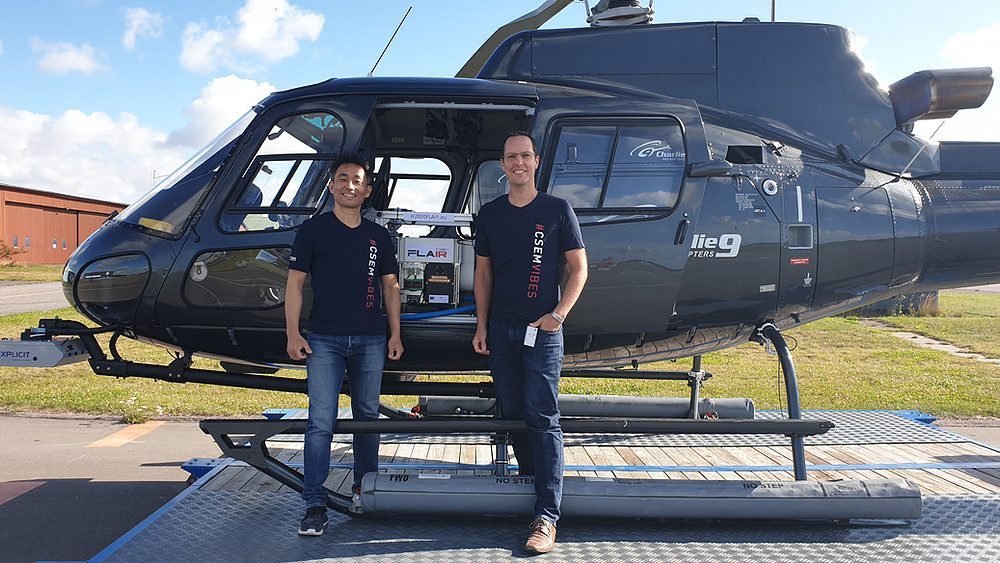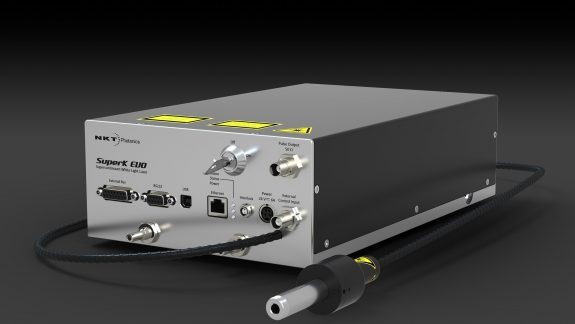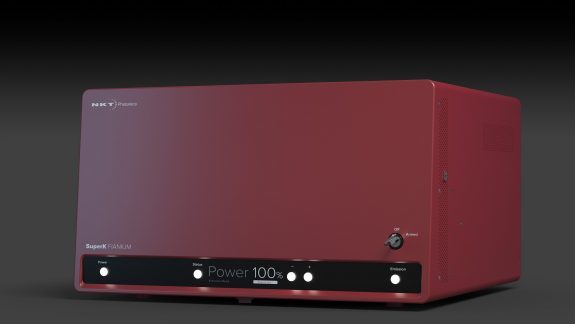Air pollution is small particles and invisible gasses. When we breathe them, they can cause strokes, cardiovascular and respiratory diseases, and lung cancer1). To fight air pollution, we must know what to fight – and where.
What to measure – and where?
To detect air pollution in a specific area, we must measure the concentration of gasses over some time. One measurement does not tell us where the gas release is and how big it is.
It can be challenging to make a complete map of air pollution in the countryside and over water where there are no air quality monitoring stations2).
FLAIR enters the scene
FLAIR is a European consortium where institutions and companies are working together to find a way to map air quality, with a focus on greenhouse gasses. Most existing gas detectors detect a specific gas.
FLAIR’s is designing a stand-alone system that:
- can detect a whole spectrum of gasses
- can fit onto an unmanned drone
- can live-stream data to the ground via 4G2)
FLAIR’s system is made to monitor industrial infrastructures, maritime and land-based traffic, landfills, and agriculture. A drone can easily oversee such locations2) – without exposing any humans to dangerous gasses.
Up in the air

In September 2020, the FLAIR team made a week-long field trip to measure exhaust fumes from ships. The team wanted to look for the greenhouse gas, methane, specifically. They loaded the system into a helicopter and measured methane from over 120 ships.
From the ground, the team had access to live-streamed spectral data and concentrations from the helicopter. The preliminary results showed that LNG propelled ships had increased levels of methane in their exhaust fumes3).
The heart of the system is a laser
NKT Photonics contributes with a supercontinuum laser – a bright white light source – that enables the detection of several gasses, simultaneously. The system is based on a miniaturized version of our supercontinuum source, the SuperK, that can fit into a compact 1.5 l housing. The spectrum is optimized for gas spectroscopy in the 3 µm region.
References
- https://www.who.int/en/news-room/fact-sheets/detail/ambient-(outdoor)-air-quality-and-health
- https://www.h2020flair.eu/home
- https://www.h2020flair.eu/single-post/2020/09/14/FLAIR-team-performed-a-week-long-measurement-campaign



